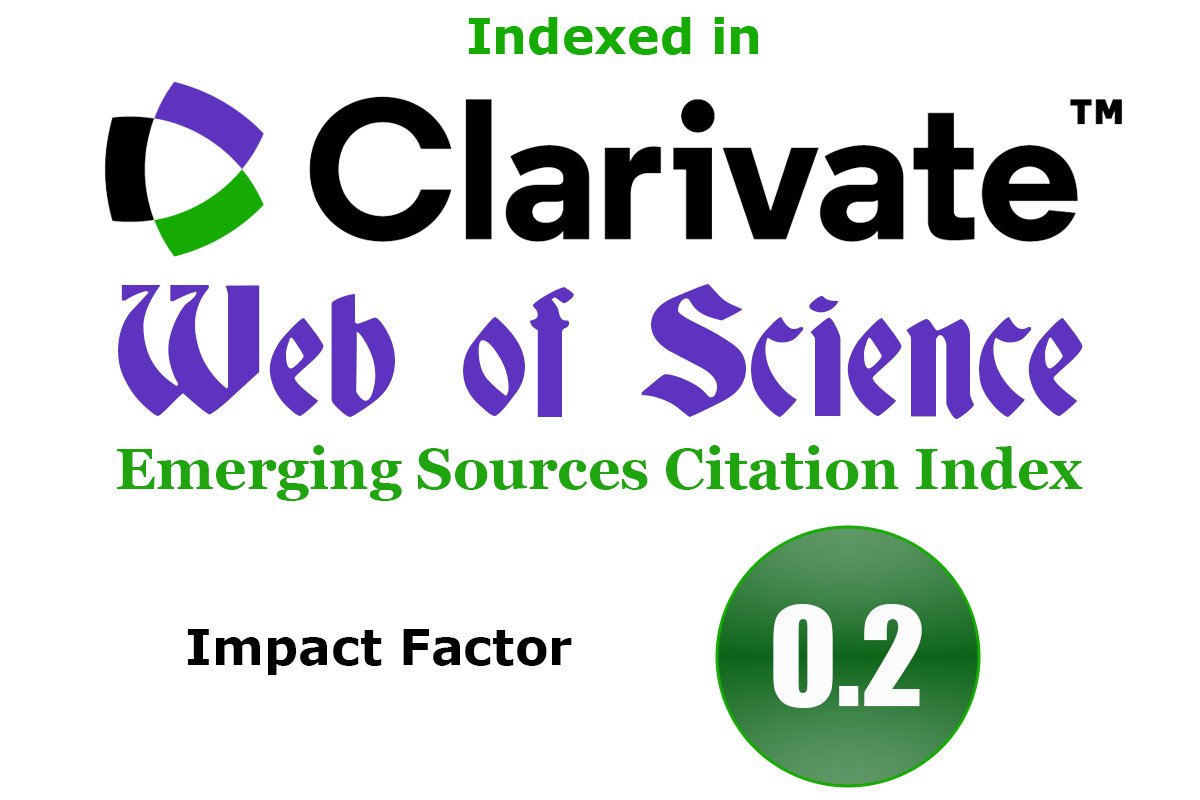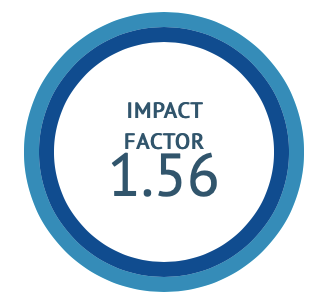Evaluation of hydration and unctuousness of skin in female volunteers of Ras sara- asara using non-invasive objective method: A cross sectional analytical study
DOI:
https://doi.org/10.47552/ijam.v16i3.5853Keywords:
Rasa Sarata, Rasa Asarata, Skin Hydration, Skin Unctuousness, Non-Invasive Method, SK-IV Digital Moisture MeterAbstract
Background: Ayurveda classifies individuals based on Dhatu Sarata, where Rasa Sarata (superior quality of Rasa Dhatu) is associated with better skin hydration and unctuousness. However, objective scientific validation of this concept remains limited. This study aimed to evaluate skin hydration and unctuousness in female volunteers as Rasa Sarata and Rasa Asarata by using a non-invasive digital moisture meter. Methods: A cross-sectional analytical study was conducted on 82 healthy female volunteers aged 20–28 years, categorized into Rasa Sarata (n=41) and Rasa Asarata (n=41) groups based on standard Ayurvedic parameters. Skin hydration and oil levels were measured at five anatomical sites (face, forehead, arm, opisthenar, and ocular region) using the SK-IV Digital Moisture Meter. Data were analyzed using the Mann-Whitney test to compare hydration and unctuousness between the groups. Results: Rasa Sarata individuals exhibited significantly higher hydration and oil levels across all measured sites compared to Rasa Asarata individuals (p < 0.05). Regional variations were observed, with the highest hydration and unctuousness levels in the facial and ocular regions. Conclusion: This study provides scientific validation for Ayurvedic Rasa Sarata and Rasa Asarata classifications by demonstrating measurable differences in skin hydration and unctuousness. The findings highlight potential applications in personalized skincare, integrating Ayurvedic diagnostics with modern bioengineering tools for dermatological and cosmetic advancements. Further research incorporating biochemical markers and Ayurvedic interventions can enhance our understanding of Rasa Dhatu’s role in skin physiology.
Downloads
Published
How to Cite
Issue
Section
License
Copyright (c) 2025 International Journal of Ayurvedic Medicine

This work is licensed under a Creative Commons Attribution-NonCommercial-ShareAlike 4.0 International License.
The author hereby transfers, assigns, or conveys all copyright ownership to the International Journal of Ayurvedic Medicine (IJAM). By this transfer, the article becomes the property of the IJAM and may not be published elsewhere without written permission from the IJAM.
This transfer of copyright also implies transfer of rights for printed, electronic, microfilm, and facsimile publication. No royalty or other monetary compensation will be received for transferring the copyright of the article to the IJAM.
The IJAM, in turn, grants each author the right to republish the article in any book for which he or she is the author or editor, without paying royalties to the IJAM, subject to the express conditions that (a) the author notify IJAM in advance in writing of this republication and (b) a credit line attributes the original publication to IJAM.




